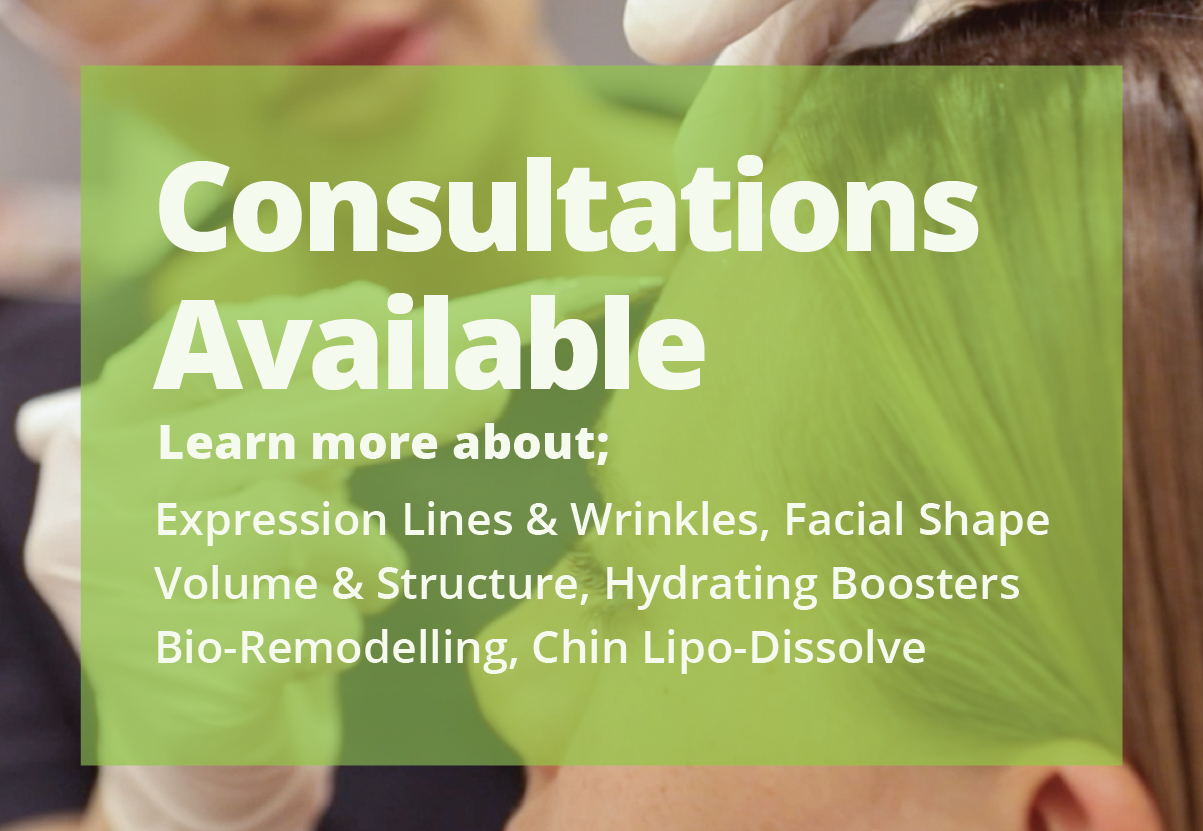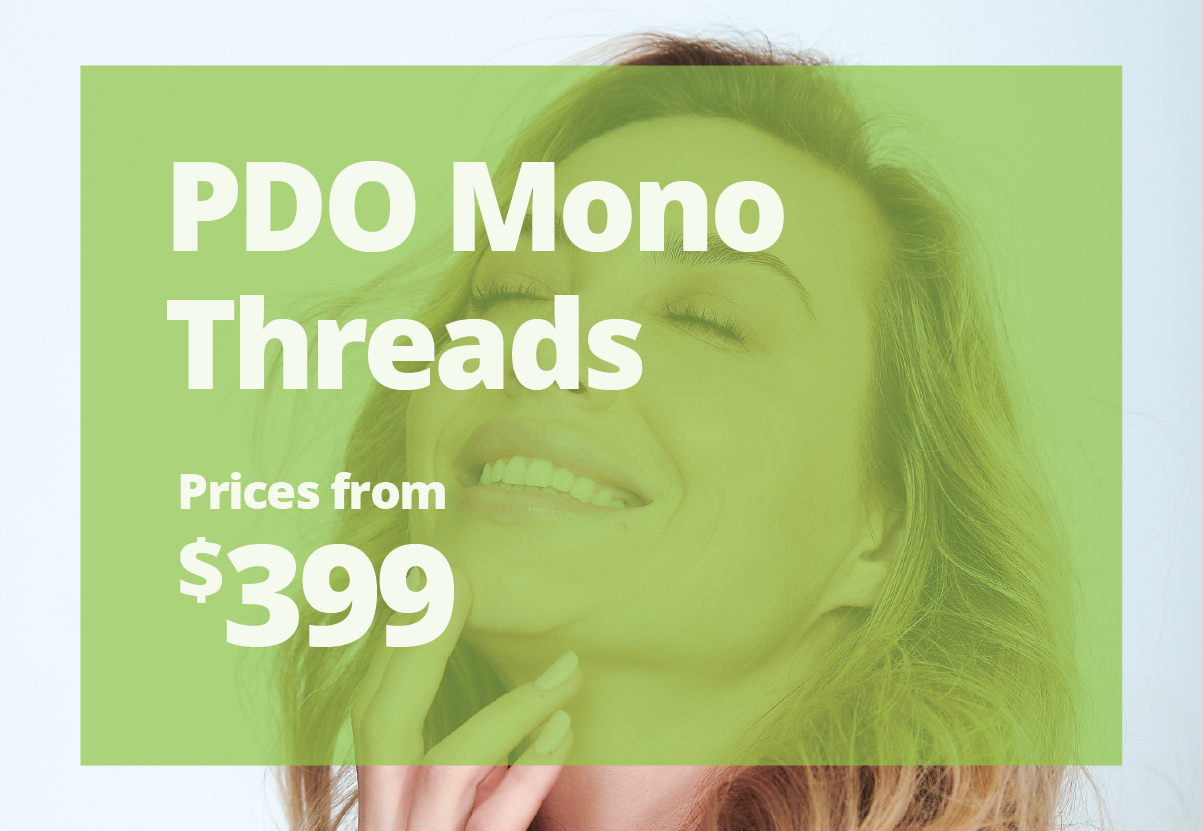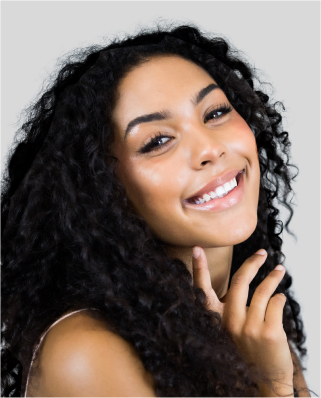World class Laser Hair Removal for Men and Women, the perfect trendy date.
Get in touch with us
World class Laser Hair Removal for Men and Women, the perfect trendy date.
Couples that laser together stay together, has become a new trend, thanks to the likes of Kim Kardashian and Kanye West over the past 2 years.
We all know regular grooming helps your outward appearance and your self confidence. When you look good, you feel good, so why wouldn’t you want to stay young and smooth together with Laser Hair Removal at Australia’s most trusted skin and laser clinic – Results Laser Clinic.
In the past, women have normally been the ones to want hair removal for their legs, underarms and Brazilians, but now we are seeing a rise in the number of men wanting to be hair free too! Whether it’s the back, chest or even cheeks, men are stepping up their metro-sexual game and becoming silky smooth too.
Laser Hair Removal, near you is a great painless way to remove unwanted body hair.
Our Laser Hair Removal clinicians are experienced in all things laser hair removal, our Laser Hair Removal Laser Clinics are located below,
What sets our treatments aside from beauty salons
Is that at Results Laser Clinic we provide a pain free hair removal treatment, for both men and women, for both dark and light skin, that have instant results using medical grade laser hair removal technologies. Our lasers emit a light that is absorbed by the colour (melanin) in your hair. The light generates heat that travels down the hair shaft to the hair follicle under the skin, permanently disabling its ability to regrow and leaving you one step closer to be hair free in all the right places.
In as little as 6 – 10 treatments, you can remove up to 99% of unwanted hair and you can be sexy and smooth laser lovers for summer!
Save time and buy treatments from the comfort of your own home via a Results Online account! You can also book a complimentary consultation online! See our full price list here.
Skin Care Glossary
Get in touch with us
A Skin Care glossary of skin terms to help recognise your skin priorities and concerns. Use the Skin care glossary to help you understand some of the words on our blogs or website.
Acne: Localised inflammation of the skin as a result of hyperactive sebaceous glands at the base of the hair follicle.
Acne Rosacea: A skin disorder which results from chronic inflammataion of the cheeks, nose, chin, forehead, and/or eyelids. Often associated with increased redness or acne-like eruptions in these locations of the face.
Acne Vulgaris: Acne resulting from the bacterial infection of cysts deep within the skin. Without treatment this condition may result in scarring.
Age Spots: Brown spots found on the skin which are visible evidence of accumulated long term sun damage. Also called “liver spots.”
Alcohols: Alcohols may be drying or lubricating to the skin. They may range from clear liquids to waxy solids. May be used as emollients, humectants, lubricants, emulsifiers.
Allergy: An allergy occurs when the body creates histamines to fight a harmless substance when it may seem to be a threat.
Alpha Hydroxy Acids (AHA): Acids derived from fruit and milk sugars and used in certain creams and lotions. Alpha Hydroxy Acids are believed to reduce spots, wrinkles, and other signs of aging, sun-damaged skin.
Anti-Inflammatory: An ingredient which works against inflammation such as swelling, redness or blistering.
Androgens: Hormones that are present in both males and females. These hormones stimulate sebaceous glands to produce sebum and can contribute to worsening of acne. They are responsible for physical maturation in males and therefore occur in much higher levels in males
CLICK FOR MORE SKIN CARE GLOSSARY
Biocompatible: The ability of a substance to interact with the body without harmful effects
Botox® Cosmetic (Botulinum Toxin Type A): A purified protein produced by the clostridium botulinum bacteria, which reduces the activity of muscles that can cause frown lines.
Chemical peeling: The application of a chemical solution to improve and smooth the texture of the facial skin by removing its damaged outer layers. Phenol, trichloroacetic acid (TCA) and alpha-hydroxy acids (AHAs) are often used for this purpose.
Collagen: The major fibers of protein found in connective tissue, cartilage and bone.
Commissures: Corners or angles of the lips or eye.
Cryotherapy: The use of cold for treatment of a condition.
Cyst: A sac containing liquid or semisolid material usually in the dermis.
Cystic Acne: A form of acne resulting from the bacterial infection of cysts deep within the skin generally requiring treatment with antibiotics. May result in scarring.
Comedone: A mass of solidified sebum, blackened by oxidation, clogging the follicle.
Congestion: Excessive internal buildup. This prevents the skin from functioning properly.
Corynebacterium: Bacterial organism associated with acne in sebaceous follicles.
Cosmetic: According to the original 1938 legal definition, cosmetics are: “(1) articles intended to be rubbed, poured, sprinkled or otherwise applied to the human body or any part thereof for cleansing, beautifying, promoting attractiveness or altering the appearance and, (2) articles intended for use as a component of any such articles; except that such term shall not include soap.”
Cyst: Large raised and swollen skin disorder formed when several impacted follicles break down and merge together.
Dermabrasion: A procedure performed with a special instrument to smooth the skin’s surface. The procedure removes the upper layers of skin and improve irregularities in the skin surface, such as acne scars or chicken pox marks.
Dermal: Relating to the skin or dermis.
Dermal Filler: A substance injected into the skin to restore volume to the skin and smooth out facial wrinkles.
Dermatitis: Inflammation of the skin.
Dermis: The “middle portion” of the skin and its support structure, containing nerves, blood vessels, oil glands, and hair follicles.
Decongestant: To diminish and break down unwanted deposits within the skin.
Dehydration: A common esthetic condition in which the skin has a tissue paper-like appearance with superficial lining which is caused by external factors.
Distended Capillaries: An expansion of the circulatory system caused by dietary intake, physical, mental or environmental abuse producing an overly red appearance to the skin.
Eczema: A form of dermatitis occurring as a reaction to many internal and external agents. Characterized by erythema, inflammation, crusting, scaling, and/or hyperpigmentation.
Elastin: A protein in the middle layer of the skin that helps maintain resilience and elasticity.
Epidermis: The outermost layer of the skin.
Erythema: Redness of the skin produced by congestion of the capillaries resulting from a variety of causes.
Evening Primrose: Used as an astringent and helpful for reducing skin irritation. Also beneficial for dehydrated skin.
Fitzpatrick Skin Types: A scale that divides skin into six different types.
– Type 1: White skin that never tans and always burns easily.
– Type 2: White skin that tans slightly and always burns easily.
– Type 3: Light brown skin that tans gradually and can burn moderately.
– Type 4: Moderately brown skin that tans well and burns slightly.
– Type 5: Dark brown skin that tans profusely and burns rarely.
– Type 6: Black skin with deep pigmentation that never burns.
Follicle: The tiny shaft in the skin through which hair grows, and sebum is excreted from the sebaceous glands to the surface of the skin.
Free Radicals: Free radicals damage the cells lipids, DNA and proteins free radicals are generated by UV exposure, pollution & smoking.
Glabellar Creases (Lines): Creases in the forehead between the brows. Also called “frown lines.”
Glycolic Acid: A member of the Alpha Hydroxy Acid (AHA) family, is a sugar cane extract which has the ability to dissolve the stratum corneum and smooth thickened skin reducing fine lines an wrinkles and correcting acne.
Hemangiomas: A reddish-purple birthmark, also known as “port wine stains.” Hyaluronic Acid: A substance found in the connective tissue of the body that cushions and lubricates. Hyaluronic acid also creates volume in the skin.
Hyperpigmentation: A lack of skin color caused by a deficiency of melanin production or a loss of pre-existing melanin or melanocytes.
Inflammatory: “Causing inflammation,” usually used to describe lesions that are inflamed by chemical reactions or bacteria clogged follicles.
Keloid: Sharply elevated, irregularly shaped, progressively enlarging scar due to formation of excessive amounts of collagen during the healing process.
Keratin: A protein that is a primary constituent of hair, nails, and skin.
Laser: A device that concentrates high amounts of energy into a beam of radiation.
Laugh Lines: A loss of volume in fatty tissue between the mouth and cheeks that creates lines or ridges.
Lipid: Oily substances that include fats, waxes, and oils. Primary ingredients of sebum. Free fatty acids can be irritating to the skin.
Marionette Lines: Lines going down from either side of the mouth. Also known as “oral commissures.”
Melanin: Dark brown or black pigment of the skin. Melanocyte: Skin cells that synthesize melanin pigment.
Melanoma: Tumor arising from the melanocytic system of the skin and organs. Melasma: Tan or brown pigmentation, generally located on the forehead, cheeks, and nose associated with pregnancy and oral contraceptives.
Melasma: Tan or brown pigmentation, generally located on the forehead, cheeks, and nose associated with pregnancy and oral contraceptives.
Microdermabrasion: The use of tiny particles which are blown against the skin to remove the damaged or aging outer layer and to stimulate the growth of new cells.
Milia: “Whiteheads;” Keratin plugs sometimes seen in patients post laser.
Melanin: A brown pigment produced by pigment producing skin cells (melanocytes). Increased amount of melanin pigment results in a tanned hue following exposure to UV light.
Non-steroidal: Not containing steroids, the family of chemical substances found in many hormones, body constituents, and drugs.
Oral Commissures: Lines going down from either side of the mouth. Also known as “Marionette Lines.”
Papule: Small circumscribed, superficial, solid elevation of the skin. Perioral Lines: The lines on the upper lips, also referred to as “smoker’s lines.”
Periorbital Lines: The lines and wrinkles around the eyes, also known as “crow’s feet.”
pH: The value used to indicate acidity and alkalinity. The pH scale ranges from 0 to 7, with 0 indicating potent acidity, 7 indicating a more alkaline reading, and 3.5 being neutral.
Photoaging: Damage from sun exposure over time, especially skin wrinkles.
Pigmentation: Coloration of the skin determined by melanin production within the melanocytes. Post Inflammatory
Hyperpigmentation: The residual discoloration left after an underlying skin disease or condition has healed. Psoriasis: A chronic dermatosis characterized by micro-abscesses and pustules.
Restylane®: A dermal filler that restores volume to the skin, giving a smoother, more youthful appearance.
Retinoids: Any of a group of natural or human-made substances similar to Vitamin A.
Retinoic Acid: Vitamin A acid typically used in products for the treatment of acne, and certain signs of photo damage.
Salicylic Acid: A member of the Beta Hydroxy Acid family and a lipid soluble agent used for epidermal exfoliation. Also, has anti-inflammatory properties that minimize stinging and irritation making it good treatment for acne, rosacea, and melasma.
Sebaceous Gland: A gland in the skin that produces an oily substance called sebum, that slows evaporation of water and protects against bacteria. Gland of the skin which empties an oily secretion into the hair follicle.
Seborrhea: Increased discharge of sebaceous matter upon the skin.
Seborrheic Dermatitis: Inflammatory skin rash resulting from hyperactive sebaceous glands in the skin. Sebum: The oily substance produced by sebaceous glands, which is implicated in acne.
Skin: The protective covering of the body. Smile Lines: Lines appearing on the cheeks.
Skin Care Glossary: a list of words and their meanings.
Solar Lentigo: A spot on the skin resembling a freckle, except that its border is more regular, and it contains more melanin pigment. Also known as “age spots” or “liver spots.”
Sun Protection Factor (SPF): How many times longer a person wearing sunscreen can stay in the sun before beginning to burn than they would without any sunscreen at all.
Scarring: This condition is the result of trauma to the skin resulting in irregular tissue formation and should be noted on the facial zone chart.
Stratum Corneum: Outermost layer of dead cells in the epidermis which protects living tissue from external stimuli and forms a barrier to keep moisture in.
Sun Damage: Redness, flaking and pain are the indications of over-exposure to the sun’s damaging rays which can result in sunburn, a variety of skin eruptions, irregular pigmentation, premature aging and possibly skin cancer.
Tissue: A group or collection of similar cells that perform a particular function.
Vitiligo: Skin disorder characterized by patches of non-pigmented whte patches varying in size.
Worry Lines: The horizontal lines that appear in the forehead, also referred to as “brow lines.”
IPL Treatment
Get in touch with us
IPL overcomes:
- Broken Capillaries
- Sun and Smoke Damage
- Veins
- Mild Acne Scars
- Enlarged Pores
- Dull Complexions
- Uneven Pigmentation
- Pigmented Freckles and Age spots
- Red Flushing skin
- Rosacea & Redness
- Liver Spots
- Fine lines & Wrinkles
Treatments for Skin Pigmentation
Get in touch with us
Melanocytes are cells that produce pigment and influence one’s skin colour. When there is an abnormal production and deposition of melanin, it results in excessive skin pigmentation known as hyperpigmentation. There are several causes for pigmentation including UV exposure, hormones, skin trauma and genetics. Pigmentation can be differentiated as epidermal (superficial), dermal (deep) and combination. Skin pigmentation and skin types require different treatments and UV protection on a daily basis.
Results Laser Clinic provides a number of treatments and technologies for pigmentation. This includes the most advanced Lasers, IPL pigmentation, microdermabrasion, scientifically proven chemical peels and skin treatments to provide the best solution. More importantly, therapists cater to your individual needs and budget by providing an honest and realistic outcome in the consultation. When discussing treatment options with your therapist, you will be advised both of your suitability for the treatment, costs and benefits.
Everyone will have different colour skin and the ideal look of healthy skin is an even skin tone. There are a number of factors that affect skin quality and skin disorders such as pigmentation and these affect the colour of your skin too. Darker skin tones tend to pigment, scar and mark more easily compared to lighter skin tones & they leave behind a lot of permanent pigmentation marks. Results Laser Clinic offers safe solutions for different skin types.
What To Expect of the Pigmentation Treatment
Get in touch with us
IPL treatments are performed to reduce melanin, the dark pigment in your skin.
Results Laser Clinic uses Intense Pulse Light to destroy Pigmentation – a new and effective light based therapeutic treatment called Photo Rejuvenation. With the treatment taking no longer than 25 minutes, clients can schedule appointments in their lunch break. Our therapists at Results Laser Clinic determine an IPL treatment plan based on the individual, taking into account the number and severity of the skin condition being treated, as well as skin type. On average 3 to 5 treatments are recommended at intervals of 3 to 4 weeks. IPL treatments provide gradual, natural improvements with excellent long term results.
Intense Pulsed Light therapy uses multiple wavelengths of light to emit the precise energy level to treat the melanin within the pigmentation. The IPL Palomar light pulse is directly absorbed by the pigment in the lesion. The light heats the pigment and breaks it up. The lesion darkens and crusts after treatment and is naturally shed from the skin after approximately ten days after treatment. Our highly trained specialists are able to treat this skin condition with pinpoint accuracy using the IPL computer-controlled system which allows the skin and healthy surrounding tissue to cool down, avoiding thermal damage. Over time and with the right course of treatment, skin pigmentation and freckles become visibly reduced resulting in a more rejuvenated, younger look.
Before the treatment, the client is evaluated to ensure the lesions are benign. A biopsy of the area may also be recommended. Protective eyewear has to be worn by the patient and specialist due to the brightness of the Intense Pulse Light (IPL). During the treatment, our specialist apply a smooth, glass surface of the IPL handpiece to the skin, light is then delivered to the skin surface in precise pulses that are typically pain free. Once treatment is completed clients may feel a little heat on the surface of the treated area and some redness, which can last for 1 to 2 hours. In most cases the entire face is treated but that depends on the individual. Results from a full series of treatments last approximately upwards of a year, however, maintenance treatment sessions scheduled at half-yearly intervals will help to prolong results.
Save time, book online!
Causes of Skin Pigmentation and Sun Spots
Get in touch with us
Lets take a look at the causes of Skin Pigmentation and Sun Spots. But First…
Signs and Symptoms of pigmentation and sun spots
Pigmentation can vary in size and colour however they are usually darker than the skin although they can be pink in colour. Fair skinned individuals are more likely to be affected by moles and freckles which can also be attributed to hereditary factors. Almost everyone has at least some kind of pigmentation whether it be freckles, sun spots, moles or birth marks. There are no real symptoms that cause pigmentation and they may even appear overnight, however in some cases what may appear like normal pigmentation may also be cancerous. Therefore it is imperative that excessive exposure to the sun is approached in a safe manner using a highly protective sunscreen with an SPF of 50+, whilst those with a history of cancer in the family can be put at greater risk.
Causes of Pigmentation and Sun Spots
Causes of Skin Pigmentation and Sun Spots is an excessive amount of melanin found in certain skin cells. These skin cells generally carry higher levels of melanocytes which produce the melanin causing the skin to appear pigmented in certain areas.
Pigmentation can be attributed to environmental factors such as:
- Excessive exposure to the sun
- The contraceptive pill
- Hormones
- Pregnancy
- Ageing
- Hereditary factors
Next steps?
Results Laser Clinics is one of Australia’s most trusted providers of Laser Hair Removal, Skin treatments & Cosmetic Aesthetics Treatments. We are committed to delivering results that make you look & feel your best. Book your free Skin Analysis and complimentary consultation with our experts today! You can also save time and buy treatments from the comfort of your own home via a Results Online account! Our full-price list can be found here.





















